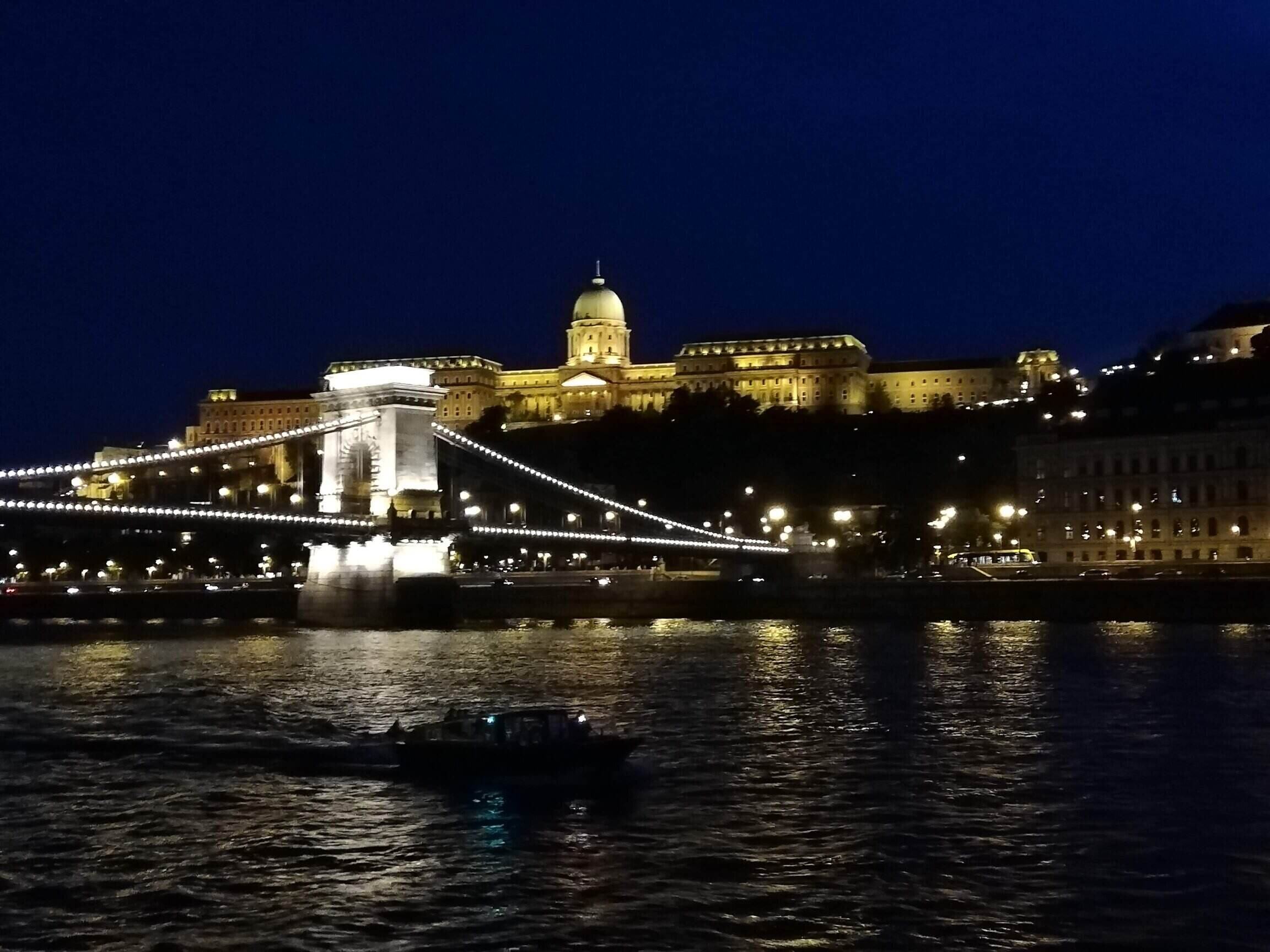The renovation works of Széchenyi Chain Bridge of Budapest can start next month

The most important bridge of Hungary can finally go through some well needed refreshing works. Finding the right contractor that offers the best price for the highest quality work took some time, as the tender on the public procurement had to be reinitiated several times to find the most fitting company. Nevertheless, there is a “winner”, and the only thing left to do is signing the contract.
Széchenyi Chain Bridge is the first permanent bridge across the Danube, a real national monument at the Buda mountains’ feet. It is a popular Instagrammable site for a lot of tourists, and we can understand why. Looking from the other side of the Danube, the view with the Buda Castle behind the bridge is breathtaking. Before it was built, the only way to cross the Danube was by boat, on the frozen Danube in wintertime or by a temporary bridge that operated very rarely.
Budapest, however, needed a real stone bridge. It was built between 1839 and 1849 by a Scottish engineer Adam Clarke and designed by his British colleague William Tierney Clarke. The whole project, however, is thanks to the greatest Hungarian, Count István Széchenyi. He did everything in his power to give the capital its first permanent bridge, he concluded studies abroad, he drew up several designs for the construction, he visited factories and experimented with materials, and he was the one who asked the two foreign engineers, apart from being the most significant financial supporter of the bridge.
When it was finalised, it was regarded as a modern technical miracle of its time.
Ever since it has asserted an enormous significance in Hungary’s social, cultural and economic life, apart from being a rather big tourist attraction. It became a symbol of advancement, national awakening and the linkage between East and West, as the bridge itself also links the Eastern and Western parts of the capital together. The two rock lions guarding its entrance on the Pest side are probably known worldwide, surely by every tourist that has ever visited the city.

Reconstruction works of this majestic bridge have been on the city’s agenda for quite a while now. Works were postponed due to the municipal elections in 2019 when the capital gained its new mayor, as well as due to a lack of financial resources.The municipality of Budapest did not have enough money to start the reconstructions and needed an agreement with the government to help them out. This contract is still not signed; however, the capital managed to regroup the amount of money required to initiate the process. The only thing left is the sponsorship agreement promised by the government back in February 2020.
Nevertheless, Budapest is committed to the works, and it ensures to cover the costs even if the sponsorship agreement is delayed
– writes hvg.hu.
According to all this, the contract can be signed at the end of this month, and works can begin at the end of February. If everything goes according to plans, the whole process will last 30 months, meaning that it can be concluded by the Autumn of 2023. The entire bridge will be closed entirely as a construction site from traffic during 18 months, based on the schedule wrote by the winner construction company and accepted by the chief engineer before the works can begin.
The solution to redirect traffic in the area is yet to be confirmed.
The execution of the plans will be quite costly, reaching 18,8 billion forints net (more than 52 million euros). Nevertheless, it is a much-needed project for one of the most important monuments of Hungary.
Photo by Lucas Davies on Unsplash
Source: hvg.hu






I wonder if the English company that made the bridge (it was only assembled in Budapest, in kit form) still exists?
1852 was the date that the (4) four Lions being 2 either side, where added to the Chain Bridge.
They are the originals – that avoided survived the destruction of the Chain Bridge during the course of the Second World War.
It is written that the acclaimed 19th century British artist and sculptor especially of animals, Sir Edwin Henry Landseer – the (4) four Lions of Trafalgar Square in the City of Westminster, in Central London, emplaced in 1867, are designed on the Lions of The Chain Bridge.
Why do the (4) four Lions on the Chain Bridge – have no Tongues ???
Janos Marschalko – born Leipzig 1818 – Died 1877 in Budapest, Hungary – the sculptor of the Lions on Chain Bridge – did he have a memory fade during there creation //
Highly unlikely that the English company responsible for the design and construction kit form or other that built the Chain Bridge still exists.
Would have be eaten up by the (4) four Lions on The Chain Bridge in long past history.